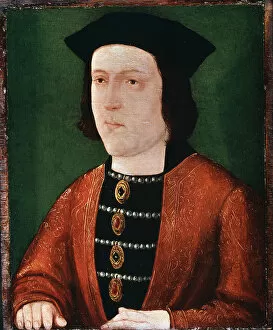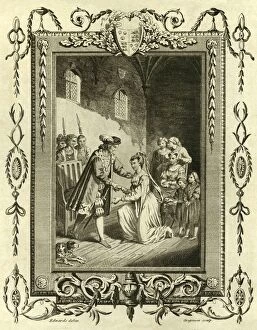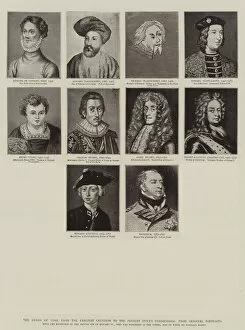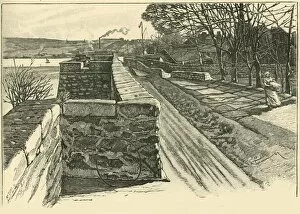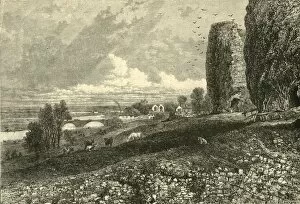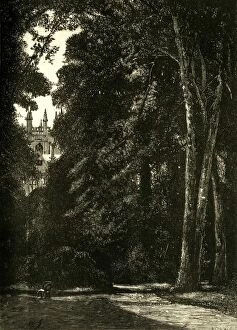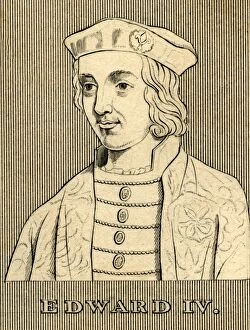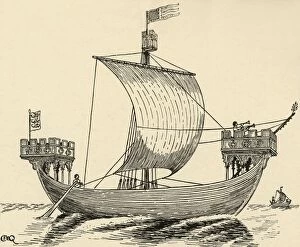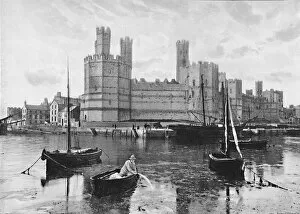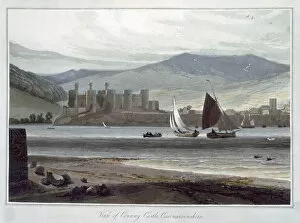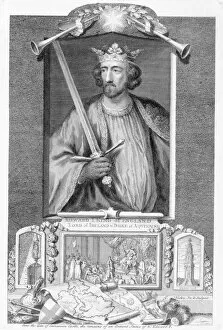Edward Plantagenet Collection
"Edward Plantagenet: A Royal Legacy and Medieval Marvel" Step back in time to the reign of Edward I, King of England from 1272
All Professionally Made to Order for Quick Shipping
"Edward Plantagenet: A Royal Legacy and Medieval Marvel" Step back in time to the reign of Edward I, King of England from 1272. This captivating portrait by Rosalind Thornycroft captures the essence of a powerful ruler who left an indelible mark on history. But Edward's story is not complete without mentioning his beloved queen consort, Eleanor of Castile. WH Egleton's exquisite artwork immortalizes her grace and beauty, reminding us of their enduring love. Edward Plantagenet, son to George Duke of Clarence, emerges as a figure shrouded in mystery. Engravings and lithographs depict this enigmatic character from Shakespeare's play "King Richard III, " adding intrigue to his tale. As we delve into the world of medieval castles, Conway Castle stands tall as a strong fortress in Wales. Its grandeur transports us to an era where battles were fought and alliances forged within its walls. The Banqueting Hall within Conway Castle paints a vivid picture of lavish feasts fit for royalty. Flint Castle evokes images of knights clad in armor defending their stronghold against invaders. Berwick-On-Tweed reveals its formidable ramparts that once guarded against Scottish incursions while offering breathtaking views across the Tweed River. Harlech Castle stands proudly amidst rugged landscapes, symbolizing resilience and defiance throughout turbulent times. And atop the walls of Berwick lies a vantage point that allows one to gaze upon both sides of the river—a reminder that borders can be both protective and divisive. Lastly, Rhuddlan Castle takes us on a journey through marshes teeming with life—an emblematic setting where history intertwines with nature's beauty. Through these glimpses into artistry and architecture spanning centuries, we honor Edward Plantagenet—a figure whose legacy continues to captivate our imagination even today.


